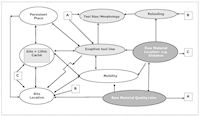

Figure 7: A chaîne opératoire model for equipotentiality and mobility
Figure 8: The relationship between tools, site location and raw material factors
This article has attempted to suggest possible influences and associations between the impact of lithic technology and the mobility strategies of the Mesolithic hunter-gatherers in northern England. This article has described how persistent places may have often been resource locales in the landscape, and that this had significant consequences and influences on raw material consumption and tool manufacture. Key to this study is the introduction (into the chaîne opératoire model of lithics analyses) of the notion of 'Equipotentiality'.


Figure 7: A chaîne opératoire model for equipotentiality and mobility
Figure 8: The relationship between tools, site location and raw material factors
On the basis of the above discussions, a heuristic model for equipotential tool use at both intra- and inter-site levels, together with its influence on hunter-gatherer mobility strategies, is proposed. On the basis of the lithic evidence, a heuristic model (Fig. 7) for Mesolithic tool use was constructed for Star Carr (Preston 1999), and subsequently modified to accommodate retooling as well as the relationships and concepts outlined in Figure 8 and this article. The model is based on the following hypotheses:
© Internet Archaeology/Author(s) URL: http://intarch.ac.uk/journal/issue26/25/8.html
Last updated: Wed Jul 29 2009